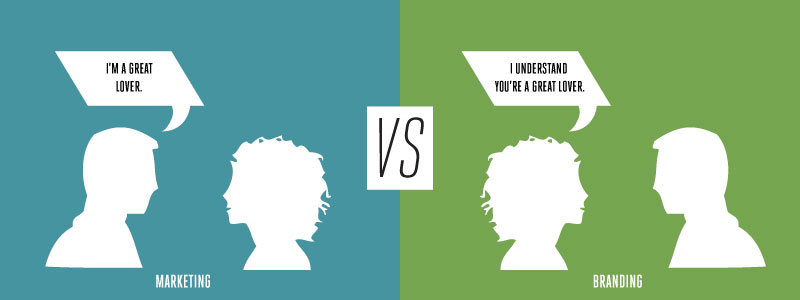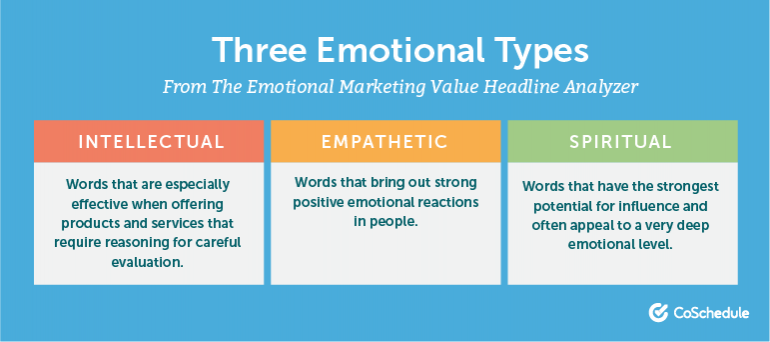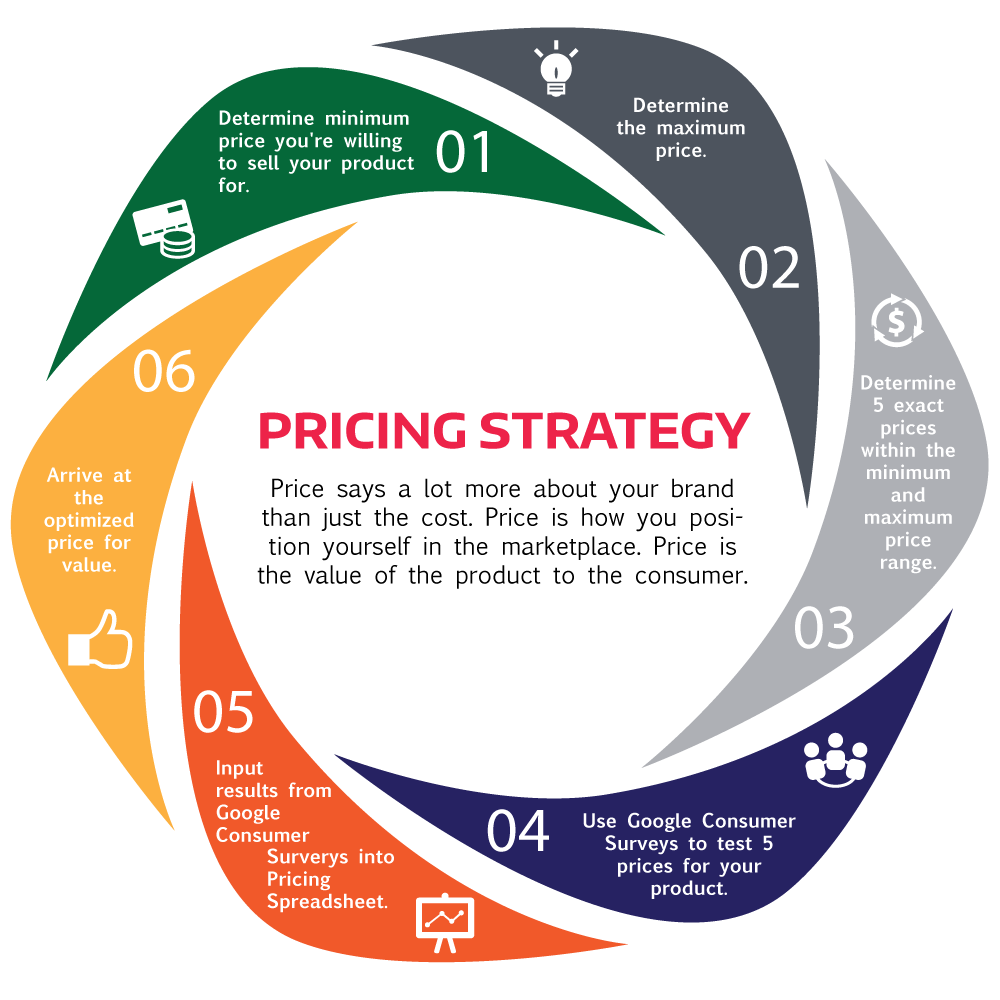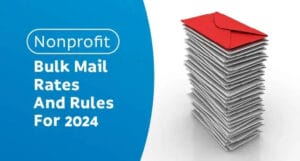Everyone wants to see an outstanding response to their materials, especially an immediate one. No matter what you’re putting out, business postcards, ad copies, blog articles, or catchy headlines, you need a variety of skills to create the best content and generate the biggest response.
The smart thing to do is to educate yourself on direct response marketing, how it works and what the current trends are. Or you can save yourself some time and hire someone with the expertise in direct response copywriting to really make your business boom. In case you’re confused, don’t worry. Response copywriting isn’t arcane marketing magic, but a special copywriting technique which we will explain here.
Direct response copywriting is very different than the marketing tactics we see in TV advertising. When it comes to TV ads, brands focus on being recognizable and sticking in their viewers’ heads when it comes time to buy. Think about brands like Nike, Coca-Cola, or Bud Light: strongly memorable phrases like, “Just Do It.” Catchy songs and interesting mascots help us remember again and again what brands we are seeing on TV. After all, who could forget Spuds Mackenzie?
A direct-response copy, however, is the opposite of a TV advertising copy. It looks rather like a “salesman in print.” Many people often think of direct mail when they hear “direct response”. But “direct response” covers any type of marketing that demands interaction with your audiences, such as landing pages, email, and ads on social media. In contrast to branding marketing that focuses on consistently growing a company’s value, direct-response marketing hones in on:
- The particular problems of a specific audience, and thus aiming to provide a custom solution.
- The customers – “Know your audience” is the first commandment of building a business/marketing campaign. It speaks in your customers’ language and addresses their interests, desires, fears, and frustrations.

It’s Happening Now and It’s Cheap
Everything that happens with direct response marketing should be immediate. After reading your ad, your audience should react right away. Give them quick and concise ways to respond that are specific to that ad, so that you can easily measure response rates.
One of the great benefits of direct response marketing is the lower costs. Branding marketing tactics that big companies use require huge budgets that small companies just can’t compete with.
So, what are the essential elements of direct-response marketing? Here are a few:
1) Attention Grabbing Headline
When it comes to copywriting, David Ogilvy’s name is always mentioned. He is the “father” of direct response marketing and the author of this famous quote: “On the average, five times as many people read the headline as read the body copy. When you have written your headline, you have spent eighty cents out of your dollar.”
So, his advice is to spend extra time considering your headlines. The goal of your headline is to foster a conclusion in the reader’s mind.
Your headline should be easy to read and quick to understand. While subheadings should introduce benefits and emphasize the main selling points. This is especially true for sales letters. The ideal letter should sell your product as quickly as your reader finishes the headline and subheadings at a glance. You should be able to make your entire point with only those lines.
Your headline’s job is to captivate your audience and ensure that your opening paragraph is read.
A good headline needs to:
- State a clear benefit for the customer
- Be informative, simple and to the point. Your copy should provide useful information the reader needs to make a purchasing decision.
- Speak to the reader’s emotions and make them curious to learn more.

2) Designed to Push the Emotional Buttons
People in our society are constantly looking for something fresh, different, and entertaining. We tend to react first with our emotions to the advertisements and products that we see before we justify our need for the product. Research shows that when an offer is presented in a cold and logical manner, it is highly unlikely for it to elicit a response. This is the moment when emotions come into play.
Sales expert Geoffrey James explains that all buying decisions come down to these following six feelings: greed, fear, altruism, envy, pride, and shame. If your copy doesn’t push its readers to one emotion or another, it is most likely an ineffective copy. Use powerful words and trigger emotional hot buttons when you write emotional headlines:
- Free
- New
- Tested
- You
- Save
- Results
- Health
- Love
- Proven
- Money
- Easily
- Safety
- Guaranteed
- Discovery
- Improved
- Special
- Focus
- Lifetime
- Hurry
See the full list of Power Words for Writing Emotional Headlines
However, getting too emotional in your sales copy is an ethical issue, so don’t overdose it. Use emotions only for helping people to make decisions, not for manipulation.

3) Strong Sales Copy
The third element of a direct response copy is a specific product offer. State the value you provide or the problem you solve for the customer and why you are the perfect person for the job. Most businesses are too afraid to send out copies that stand out and imitate others.
Explains what makes your offer special:
- free shipping and return
- the convenience in usage
- improved performance
- less hassle, less wasted time and materials, etc
Make it easier to understand “what’s in it for me” at first glance: give them an obvious reason to do business with you, visit your site, or make the donation you are asking for.
Sell your offer based on your end goal:
- Use a free offer: for lead generation campaigns. This way you’ll get more responses from those who are interested in your specific products.
- Use a priced offer for order generation campaign. Priced offers typically lower response rates. But a high response rate doesn’t mean necessarily high-quality leads. You want just the right response rate for your specific product and service sales.
When it comes to money there are a lot of pricing strategies. Choose the one that suits you best:
- Use price anchoring technique: offer three price points. It’s likely people will order the middle one since it will be perceived to have more value.
- Buy one get one free: the inner motivation for this strategy is simply greed.
- Use “charm pricing” – make sure your price ends with a 9. The research says we don’t even pay attention, the brain process a price like $2.99 as $2, even if it’s almost $3. The conclusion is that it seems cheaper.

4) A compelling call to action
With a direct response copy, you have to drive your reader to act immediately. Let your prospects know what you offer and why they need it, and then tell them how to get it, by giving simple and easy to follow instructions for the next steps. Include multiple ways to respond such as a regular phone number, a free recorded message line, a website, a fax back form, a reply card or coupons.
Build the intensity of your CTA in time. Start with simple, less time consuming and no commitment steps and grow them progressively from one phase of a campaign to the next.
Hire a good direct response copywriter
Back to our experienced copywriter. How can you spot a good one? A good direct response copywriter is someone with great writing skills and strategic thinking. Their strongest ability is to trigger powerful emotions in others. The effectiveness of their skills can be easily verified. After the first direct response campaign, you’ll know whether people love or hate your copy.



